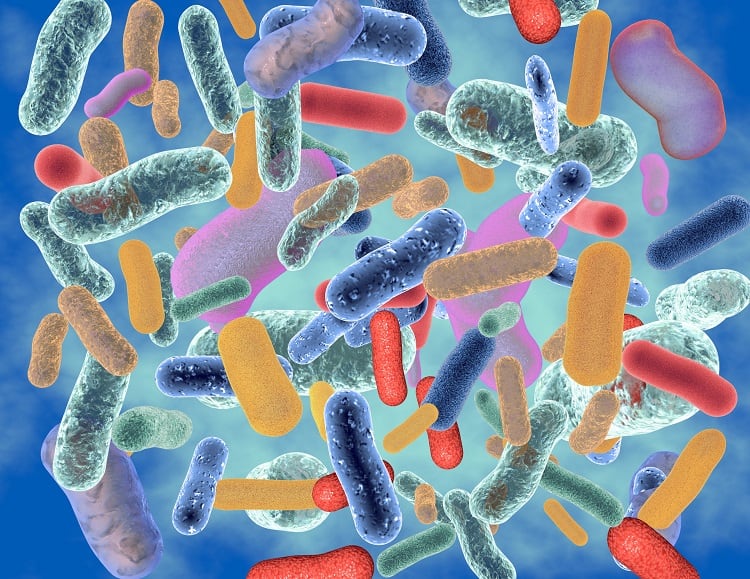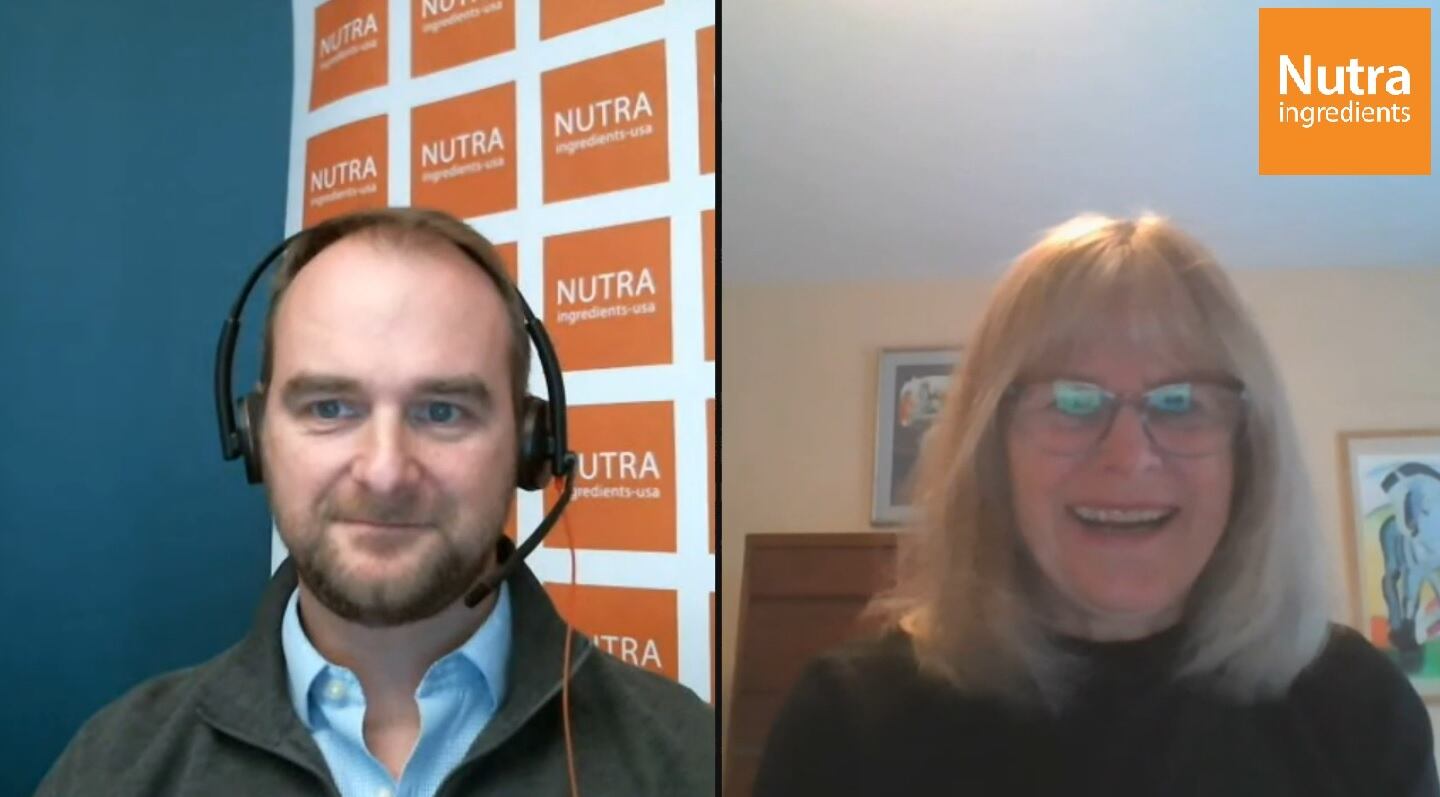“We’re kind of putting these gut microbes through an obstacle course, if you will, and we’re looking at the end for the winners,” Dr. Bob Hutkins, co-founder of Synbiotic Health, told NutraIngredients during the recent Probiota Americas in Vancouver.
Dr. Hutkins founded Synbiotic Health in 2018 alongside Dr. Andy Benson, Dr. Tom Burkey, Dr. Jens Walters and Tim Brummels to commercialize the benefits of iVS-1 and other novel microbes developed using the IVS (In Vivo Selection) Platform.
Researchers at the University of Nebraska isolated the most abundant B. adolescentis from a “super” Bifidobacteria responder (an elite collegiate athlete) consuming a GOS (galactooligosaccharide) prebiotic. Because the strain was discovered using the IVS platform, the researchers dubbed it B. adolescentis iVS-1.
Earlier human data showed that iVS-1 significantly improved gut barrier function, which is crucial for immune function and overall gut health. The strain was also found to reach 10-times higher abundance than another commercial probiotic strain.
A recently published study indicated that iVS-1 may reduce symptoms associated with lactose maldigestion, including gas, bloating and diarrhea.
iVS and iVE
“We’ve isolated some other Bifidobacterium using the same platform, iVS, and those are currently under study, and we hope to do some clinicals, but we shifted to another platform called iVE, In Vitro Enrichment,” Dr. Hutkins said.
“So doing the iVE requires a clinical trial, and we’re doing these clinical trials anyway. Anytime we have a chance, we pull out iVS-type strains, but we adapted iVE to iVS, and [this] allows us to screen many, many more strains, and they’re very controlled circumstances.
Dr Hutkins explained that for iVE, the company collects fecal samples from many donors and then puts them into a small bioreactors where they are fed a selection of prebiotics or nutrients. This process mimics digestion, he said: Every 24 hours, the researchers dilute the sample to see if the strain is responding to the prebiotic: If they don’t, they’ll simply wash out, but if they are growing on the prebiotic, then the levels of the probiotic candidate will rebound before the next dilution.
“So, now we’re imposing selection by the prebiotic and what we call dilution pressure. We’re kind of putting these gut microbes through an obstacle course, if you will, and we’re looking at the end for the winners.”
This has led to the identification of a number of novel strains that Synbiotic Health calls iVE strains.
“It’s a pretty clever way to identify new strains,” he said. “Of course, then they have to be characterized. So then we genome sequence, we conduct a lot of in vitro assays for properties, but we end up with strains that are then ready to go to a clinical [trial].”
Clinical studies are the most expensive part of strain discovery, Dr. Hutkins said, but the upfront work in the laboratory gives the company greater confidence of success in the clinical trial.
He revealed that among the strains identified using this platform is one “we had never worked with before, called Bifidobacterium pseudocatenulatum. It happens to grow great on xylooligosaccharides and so it could either be on its own or as the synbiotic.”




